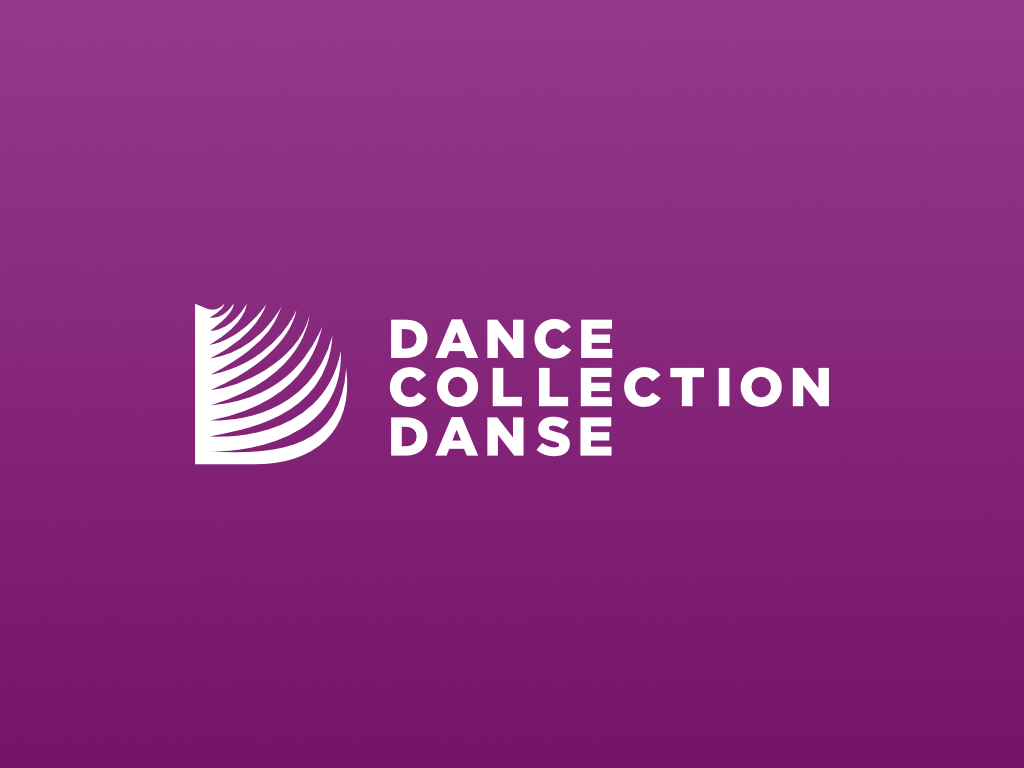Dance in Canada Magazine Number 15, Spring 1978
Added 29th Apr 2021 by Beth Dobson (Archives and Programming Assistant, DCD) / Last update 2nd Mar 2022
The description of this Item
Contains the following articles:
-Editorial by Michael Crabb
- 'I could have been lying in the sun' Arnold Spohr at the RWB
- Troubled Decades: Les Grands Ballets Canadiens at 20 by Lauretta Thistle
- Greener Pastures: Le Groupe de la Place Royale in Ottawa by Charles Pope
- Training the Dance III: New Approaches and a Challenge to Tradition by Rhonda Ryman
- In Review
- Noticeboard
The collections that this item appears in.
Tag descriptions added by humans
Royal Winnipeg Ballet
Ballet
Alicia Markova
Dance in Canada Association
David Earle
Peter Randazzo
Le Groupe de la Place Royale
Toronto Dance Theatre
Modern Dance
Training
Fernand Nault
Ludmilla Chiriaeff
Michael Crabb
Les Grands Ballets Canadiens
Awards
Ballet Ys
Film
Karen Kain
Arnold Spohr
Christopher Darling
Jean-Pierre Perreault
Peter Boneham
Sir Frederick Ashton
Regina Modern Dance Works
The Royal Ballet
Lauretta Thistle
Mary Jago
Sallie Lyons
Susan Macpherson
Casimir Carter
Elizabeth Chitty
Lora Burke
Mary Fraker
Rhonda Ryman
Eileen Thalenberg
J. Groo Bannerman
Karen Rimmer
Mikhail Baryshnikov
Jeffrey Ballet Company
Kyra Lober
Tay
Astral Light
Nanti Malam
Repertoire
Charles Pope
Mary Johnston
Robert J. Pierce
Marcia B. Siegel
Kevin Singen
Kati Vita
Leland Windreich
F. Matthias Alexander
Irene Apiné
Anne Bancroft
Leslie Browne
Mary Clarke
Dance Plus Four
Maya Deren
Linder Doeser
Anthony Dowell
Peter Dudar
Lily Eng
Allegra Fuller Snyder
Murray Geddes
Danny Williams Grossman
Albert Laberge
Shirley MacLaine
Margaret Mead
Gaby Miceli
Carlos Miranda
Keith Money
Claudia Moore
Linda Rabin
Sara Rudner
Sara Rudner Performance Ensemble
Anna Sokolow
John Travolta
Trisha Brown and Company
David Vaughan
The Dream
Love Songs
Les Nouveaux Espaces
Extreme Skin
True Bond Stories
A Concert
Steve Dymond
Grandpa's Spells
Tapestry
Mythos
Couples
Curious Schools of Theatrical Dancing: Part I
Ecce Homo
Higher
National Spirit
Tryptych
Charlotte Hildebrand
Dance for a Gallery
Real Suite
The Trilogy Suite
Missing Associates
Carmina Burana
La Scouine
Tommy
Borders, Boundaries and Thresholds
Recital
Goose
Ballet Premier
Children of Men
Line Up
Balinese
Baroque Dance 1675
Ideokinesis
Independence
Mythology
Reciprocal Innervation
Religion and Dance
Rolfing
Saturday Night Fever
Structural Integration
Tap Dance
Television
Sandra Naiman
Marie Marchowsky
Rina Singha
The Turning Point
Valentino
Louis Robitaille
Kathryn Greenaway
Description of the objects in this Item
01/04/1978
Magazine
Dance in Canada Magazine Number 15, Spring 1978
Dance Collection Danse
DCD's accession number for this Item. It is the unique identifier.
Auto-generated content
Tag descriptions added automatically
Auto-generated identification of objects in this Item
An autogenerated description of this Item
Auto-generated number of faces in the Item

